Staring in place
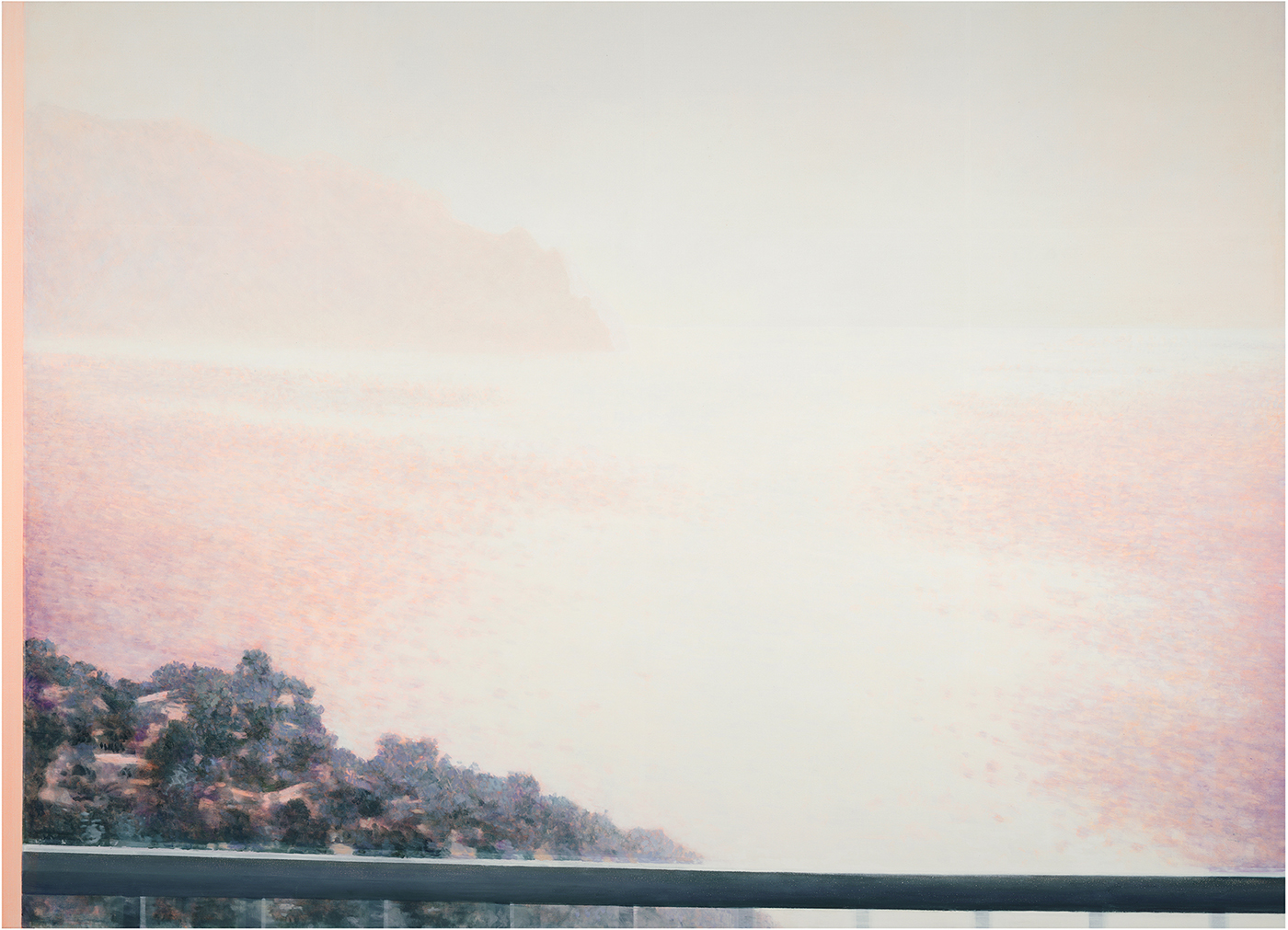
Staring in place
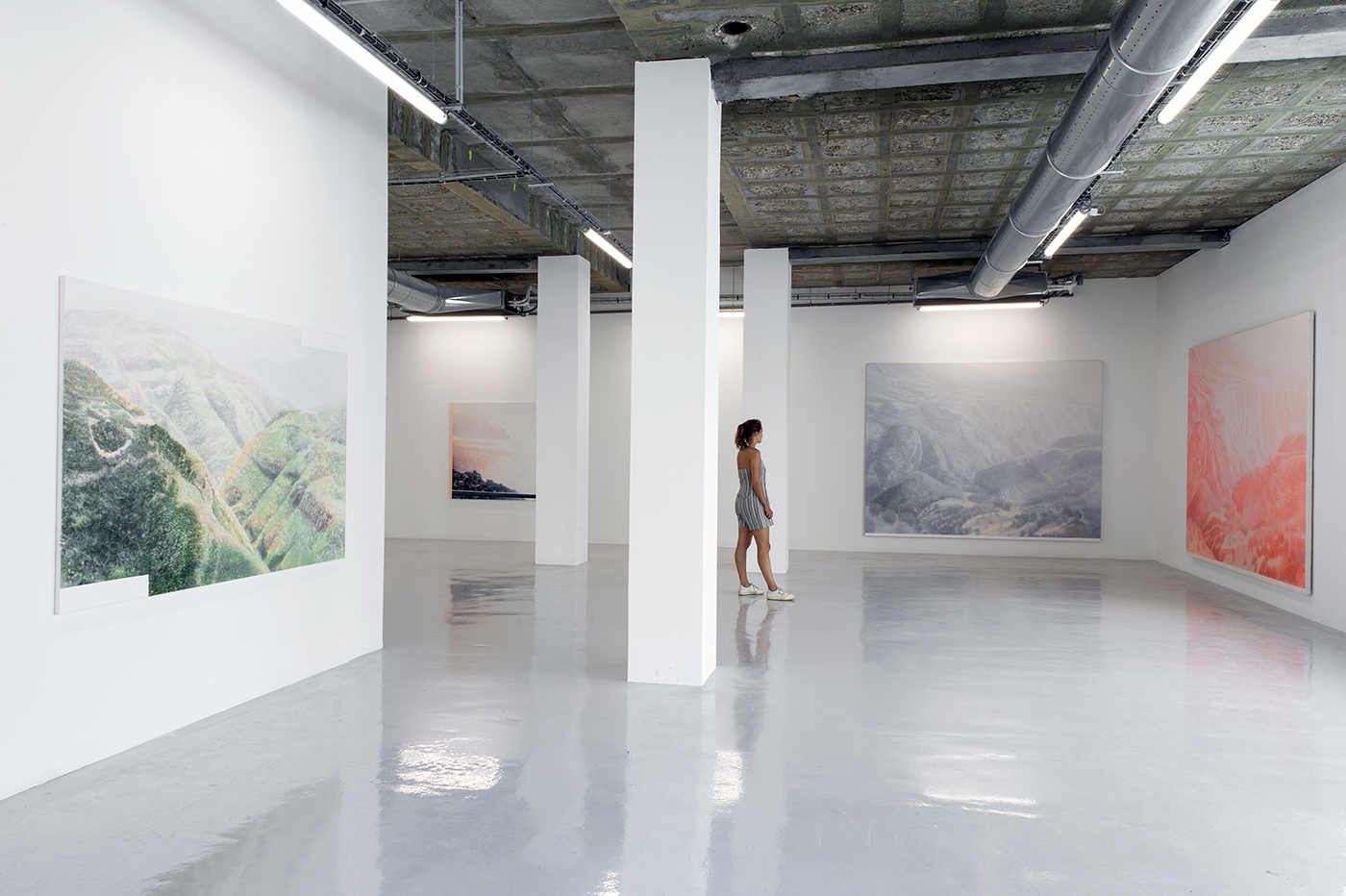
Staring in place
Vue d'exposition
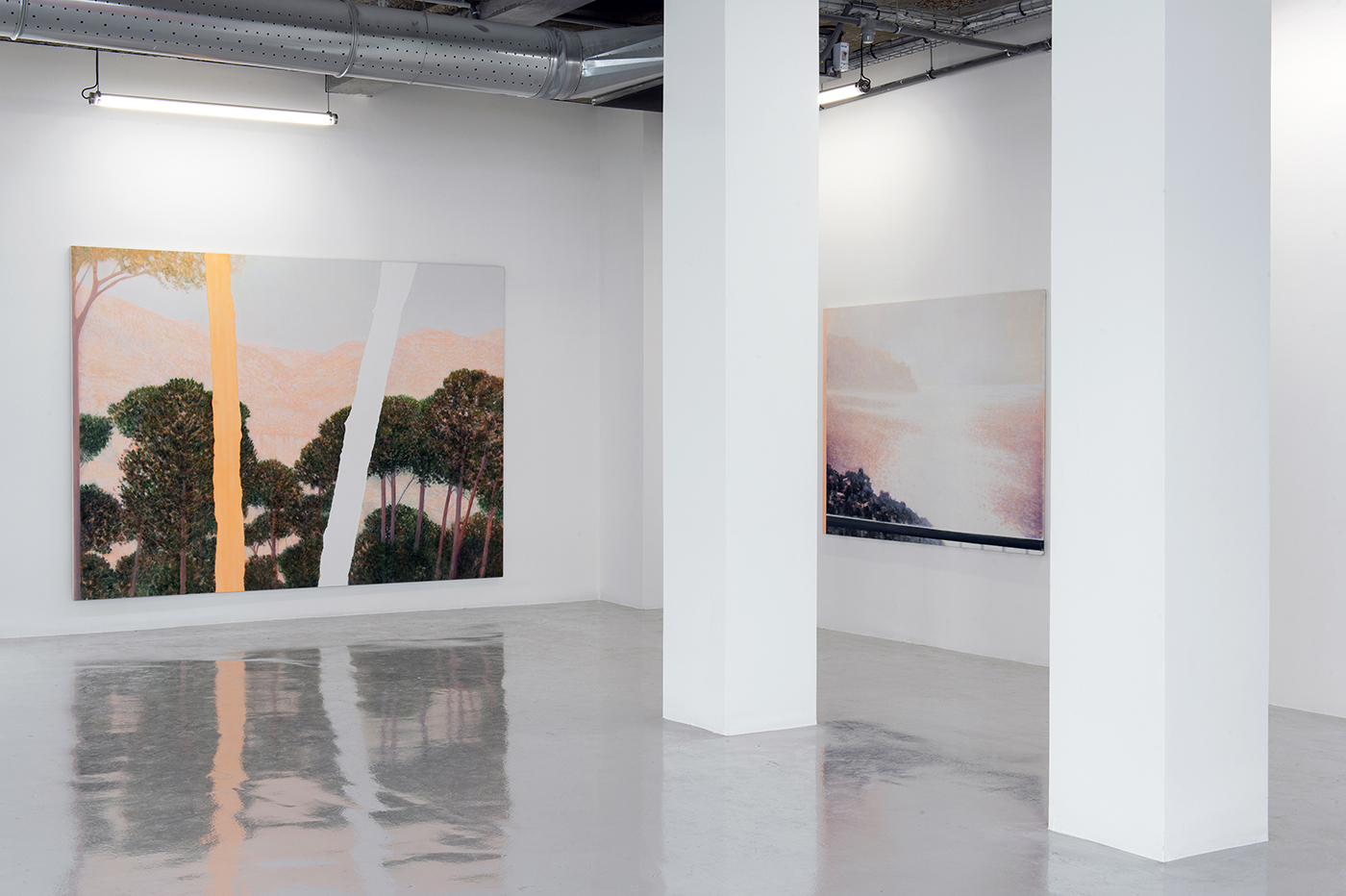
Staring in place
Vue d'exposition
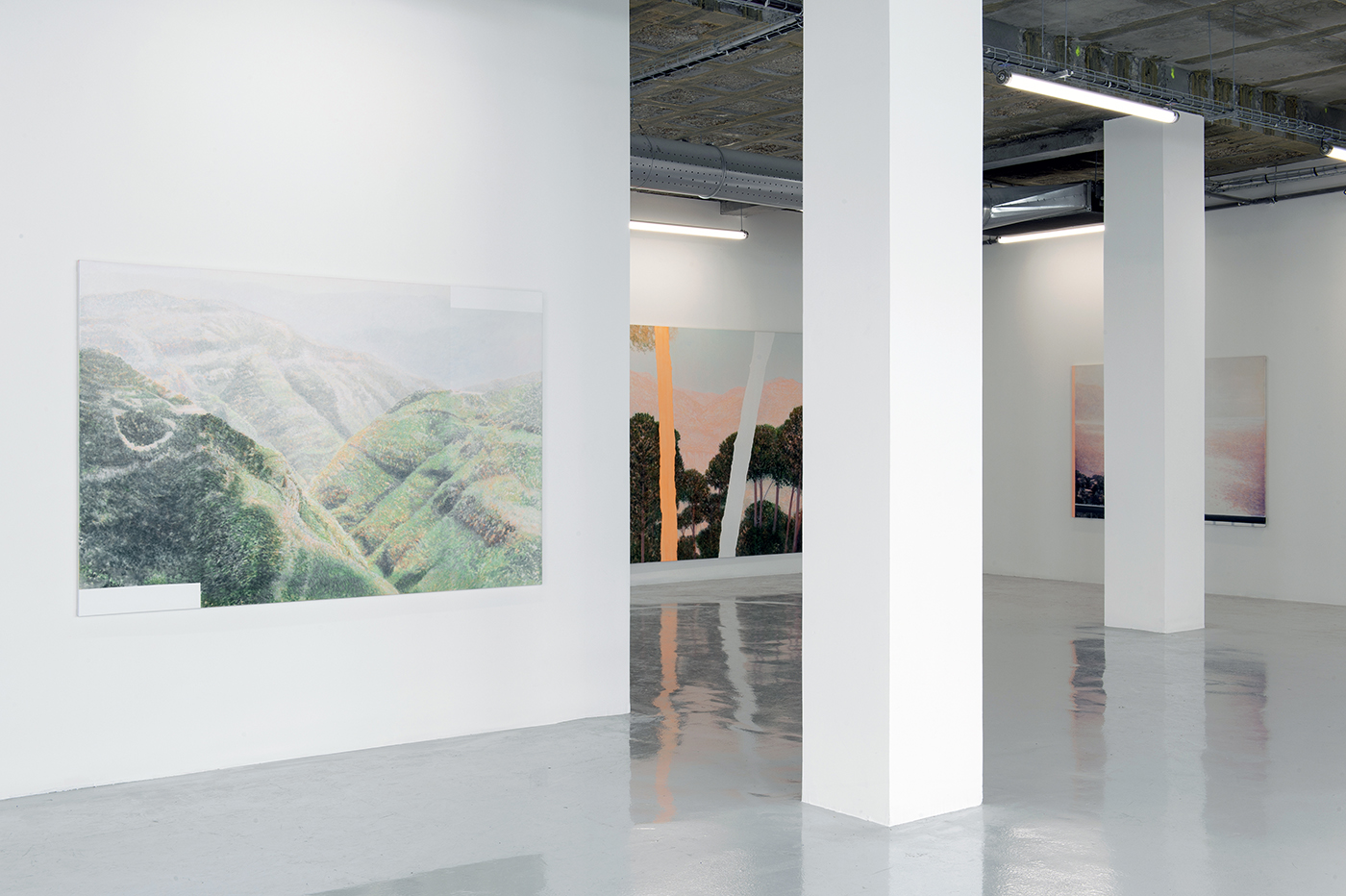
Staring in place
Vue d'exposition
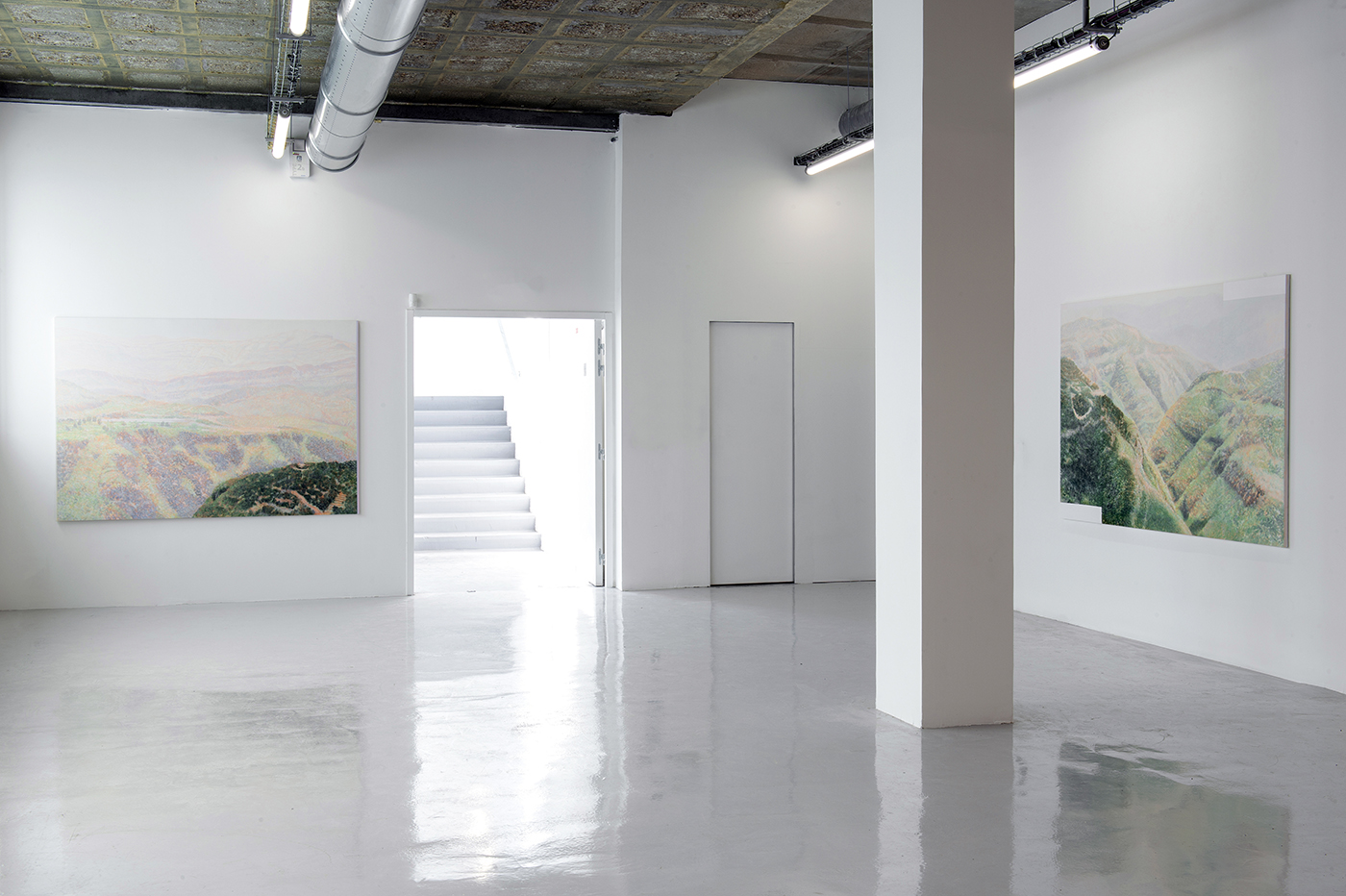
Staring in place
Vue d'exposition
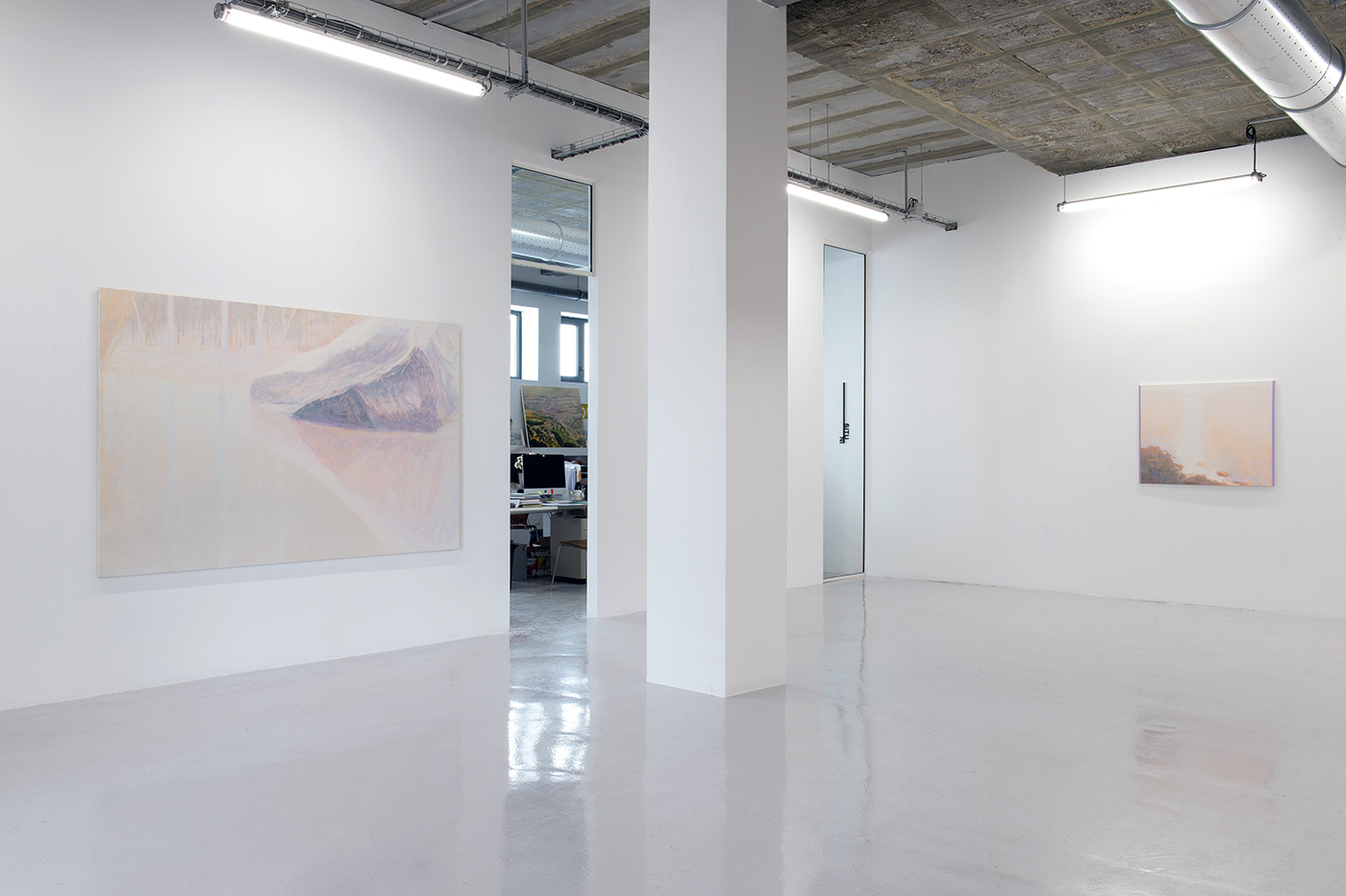
Staring in place
Vue d'exposition
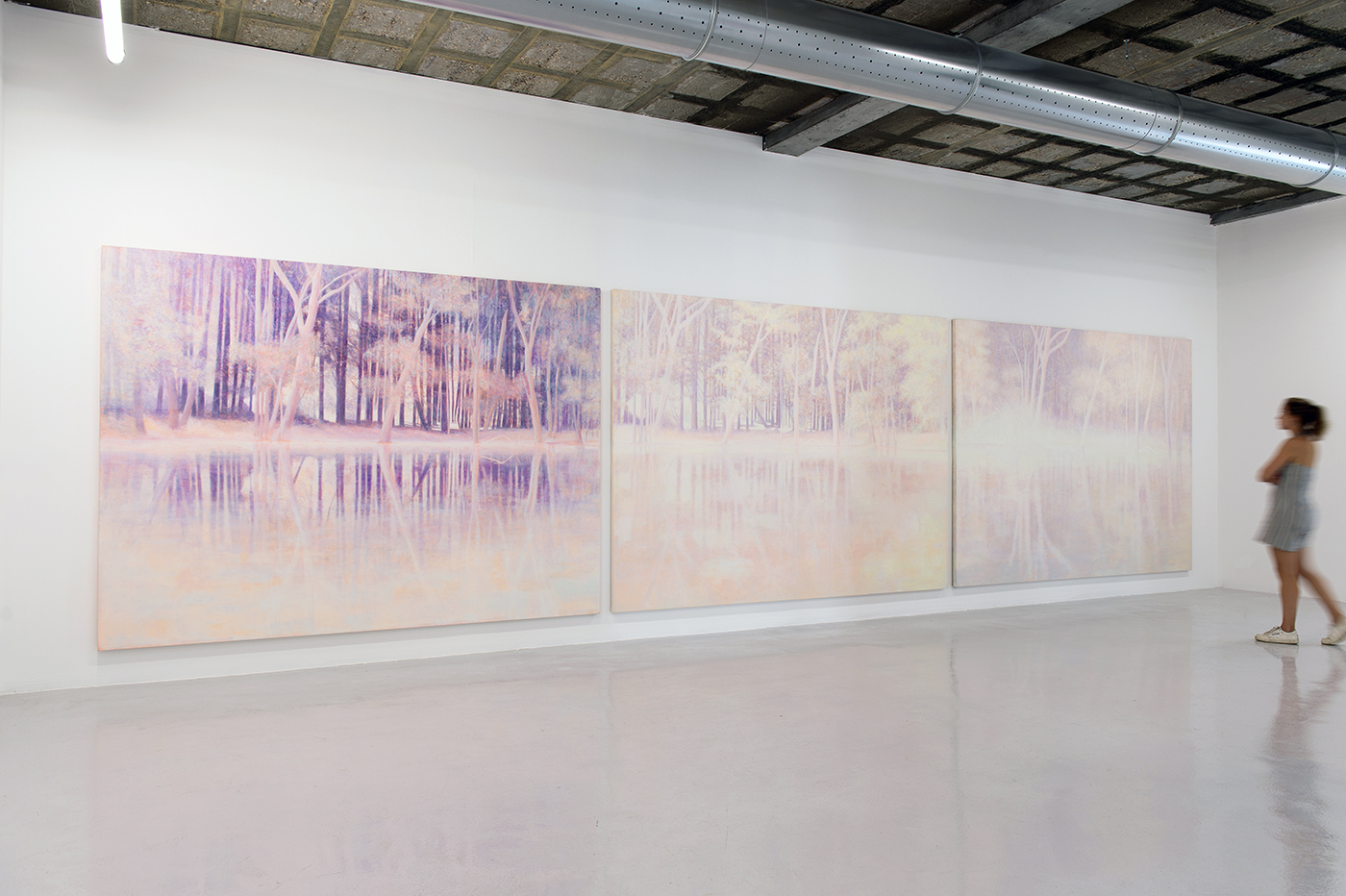
Staring in place
Vue d'exposition
OPENING: 12.09.2020 & 13.09.2020
Daniele Genadry's Quantum landscapes
Morad Montazami, July 2020
Daniele Genadry, with a personal background rooted in both the United States and in Lebanon, two countries where she has lived and worked, is an artist whose work quite easily escapes identity reductionism and other culturalist discourses. To put it another way, her approach to painting and to the landscape includes a sense of ambivalence, that is eventually more interesting to be experienced than to be resolved. She currently lives in Beirut where she teaches visual arts at AUB (American University of Beirut). She herself studied in London (Slade School of Art), one of the cities, as well as Beirut, New York and Rome where her work has been exhibited several times since 2008
While unconscious trajectories and the nomadism of landscape - especially between the United States and Lebanon - have informed her work, one could not say that Genadry's paintings are apprehended in the same way in New York and in Beirut. On the contrary, the difference in local critical receptions, from one city to another, are also valuable indicators for deciphering the ecosystem of the work. Among other discrepencies, the status and history of photography, differs notably in Lebanon and the United States (in its mode of integration in the visual arts all the more so), and can be considered equally important as one of the artist's media and subject, as her paintings are often based on photographic material and experience. Hence the temporalities of aftermath, déjà-vu or even hypervision are those which often permeate the paintings of Genadry, extending beyond the technical scope of photography: a tool for recording space, but also a machine for producing visual accidents; and the tool with which she has examined these landscapes which are given to us as glimpses in this exhibition.
But let us also point out that the camera is by no means the only source of images, as some of the artist's works are also based on archival or landscape photographs taken from the Internet. Thus the different regimes of the image - subjective and automatic, optical and random - are combined at the heart of her reflection and practice. By literally integrating it into her creative process, Genadry's use of the image bank or found image, dissected and reappropriated, becomes a fundamental step in any deconstruction of the imaginary created by mediation, filtering, or identification ; the visualization devices that now govern most of our daily perceptions. These visual forms, that mostly speed up the accumulation, fragmentation and dematerialization of images, find wonderful counter-spaces in Genadry's irradiant and blinding landscapes. As we are captured by these sources of light and other counter-lights capable of encompassing our vision - in particular thanks to the imposing formats produced by the artist - our gaze experiences a tension between the center and the periphery of the painting, between zones of shadow and overexposed areas; or, as in quantum physics, between matter and radiation. To the vagaries of both distracted and neurotic visions imposed on us by social networks and GAFAs, one shall oppose the white spaces of luminous explosion and space atomization, or the creation of a void; like a map on which some regions resist being identified or visited.
Among the significant shifts taken in this exhibition, Genadry's recent works bear less and less geographic stigma; they seem more and more in search of a sensibility to the neutral. The tendency consisting in disseminating some of the localizing clues (roads, street names, mountain ranges...) in the titles of her works, is fading more and more clearly, in favor of more minimalist and self-referential titles (Shimmer, Frozen, White Clearing...). They tell us more about the visual experience and the ephemeris of the painting, than about its location. This sense of the neutral and distancing from nostalgic relationships denotes a radical and precisely -minimalist- position; not unrelated to an American tradition, anchored both in plastic artists like Ellsworth Kelly or Mary Corse but also in photographers like Robert Adams or Lewis Baltz. Genadry's paintings function as arrangements of visual grounds and optical rhythms rather than as landscapes in the transitive and naturalistic sense.
The ?erenkov effect is the phenomenon of a flash of radiation occuring when a particle charged with electricity travels faster than light in a transparent medium such as water or air. For a long time, physicists thought that this phenomenon could not occur in a vacuum. However, according to a new study by researchers at the University of Strathclyde (Scotland), these particles can emit gamma rays interacting with the quantum vacuum; they can also appear and disappear, according to a principle of indeterminacy. Faithful to quantum physics, Genadry's landscapes refuse to reduce, neither to the romantic vision of the end of the world, nor to the pure void - what you see is only matter and radiation. Her paintings seem to be composed of these particles which are generally not observable but emerge by magnetic attraction and transform the void into an optical field, where the speed of light is revealed in a flash; or a spark is transfigured into a landscape.